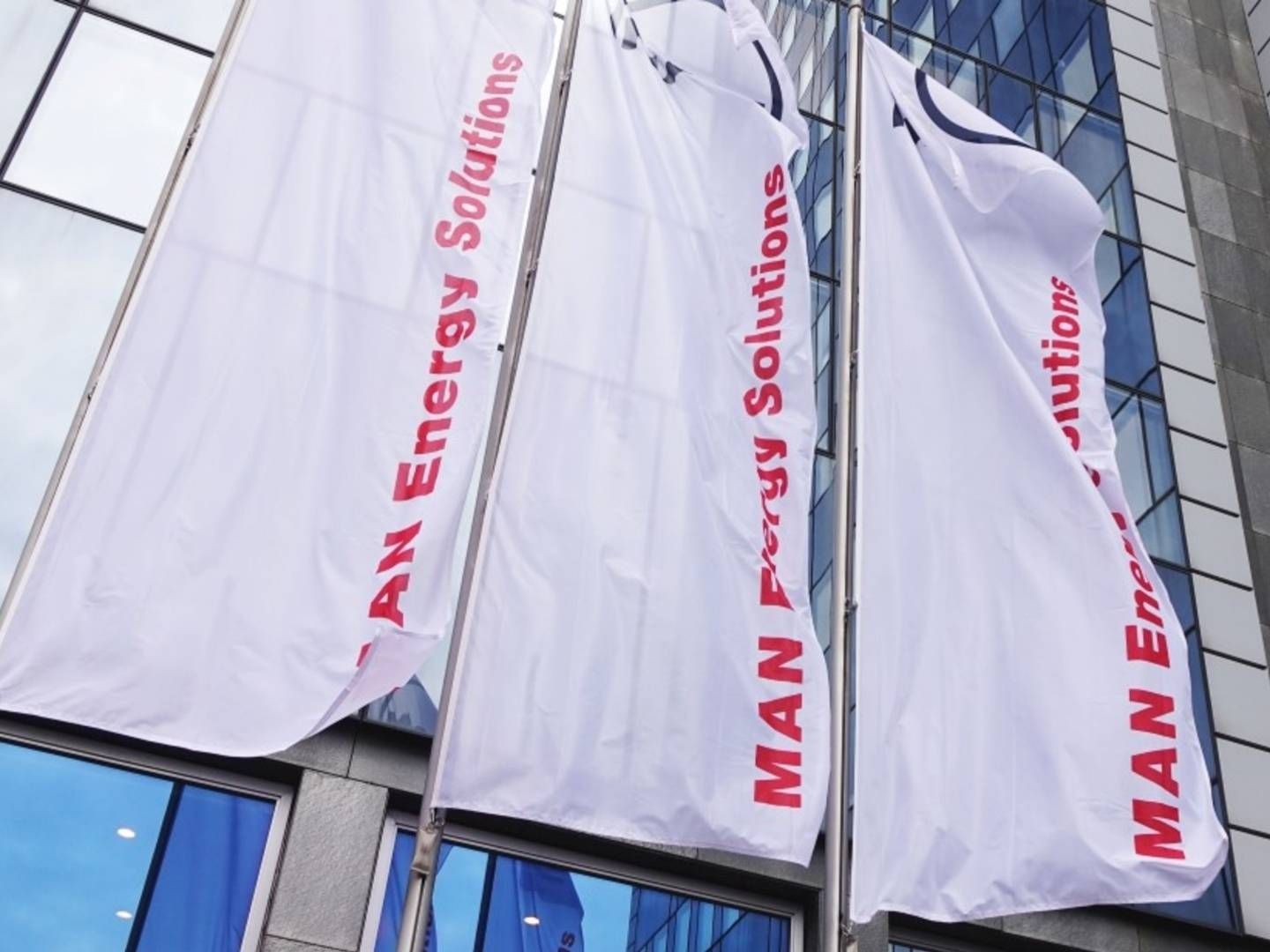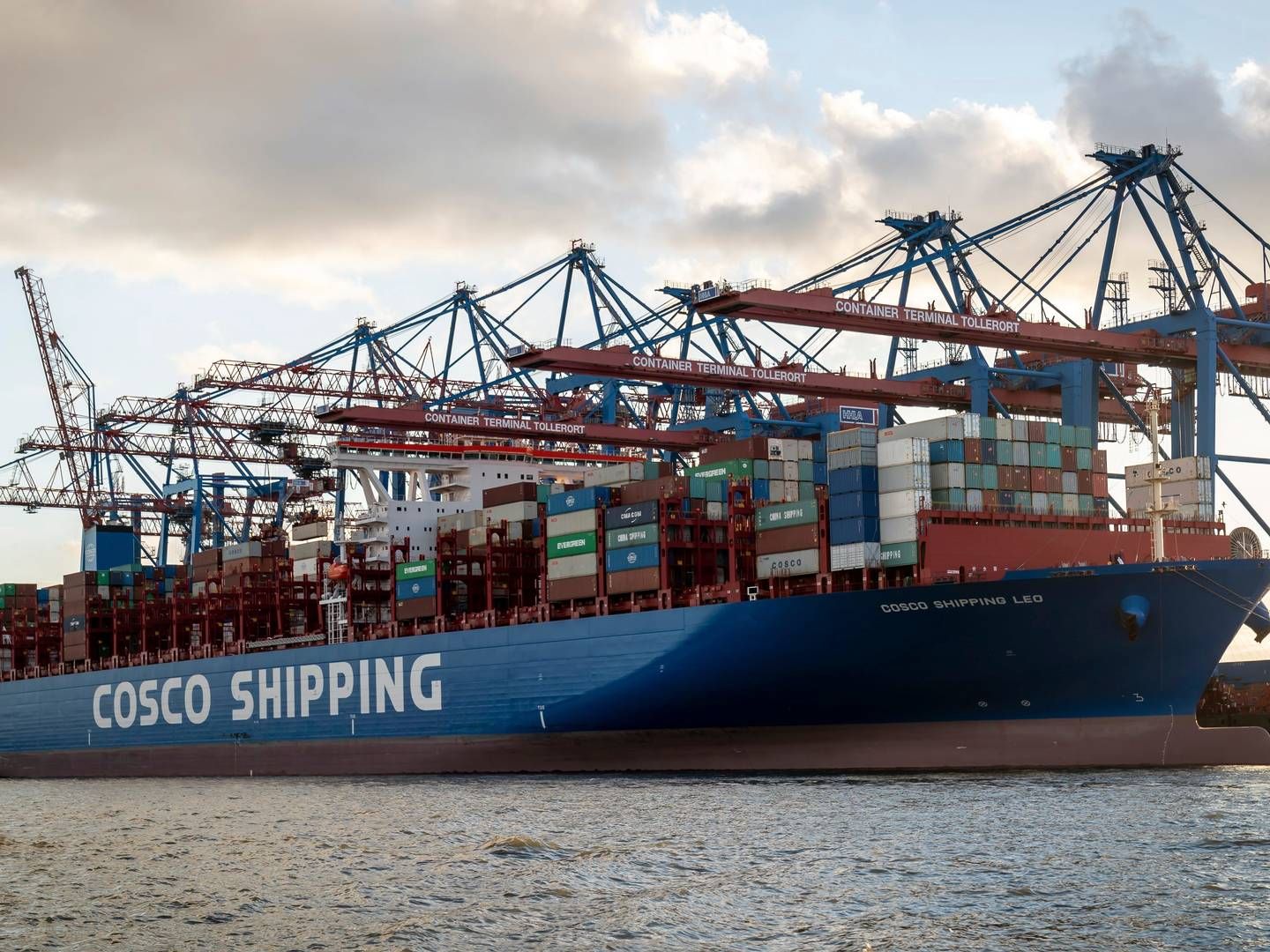DNV CEO: "Hydrogen seems to be everywhere and nowhere"

Hydrogen is essential in reaching the goal of the Paris Agreement, DNV Group CEO Remi Eriksen said during the Hydrogen Forecast to 2050 report launched this morning, however, the classification society estimates that hydrogen will only represent 5% of the global energy mix by 2050.
The world needs that number to be roughly 15%, the CEO estimates.
”Hydrogen seems to be everywhere and nowhere. A lot of people are talking about the big role that hydrogen can take in the energy transition. But the amount of low-carbon renewable hydrogen produced today is very, very small,” Eriksen says.
The CEO says it is clear that a large shift is needed so the world can actually meet the goal of the Paris Agreement.
”A major boost of hydrogen [is needed, -ed.], because apart from biofuels, which can only be produced sustainably in limited quantities, there is no other energy carrier that can decarbonize the hard-to-abate sectors at scale. Here I’m talking about high-heat industrial processes, about long-distance trucking and shipping and aviation,” Eriksen explains.
He emphasizes that achieving the 5% that the classification society estimates will be part of the mix by 2050 will also require substantial investments as the market is almost non-existent as of today.
”That means significant investments in production in transport, and distribution of hydrogen and the derivatives of hydrogen. And the amounts we are talking about accumulated for the 30 years is 7 trillion US dollars by mid-century,” Remi says, adding:
”To put it in perspective, that’s five times Norway’s oil fund.”
Costly
Currently, hydrogen from dedicated renewable electrolysis and grid-based electrolysis costs about USD 3-5 per kilogram, and this is expected to decrease in 2030 to USD 2.5-3. By 2050 the prices will range from USD 1.5-2, DNV estimates show.
”Throughout our forecast period and beyond, hydrogen will remain more costly and less efficient than direct electrification. It is a precious resource that must be applied wisely, and only for end-use that cannot be electrified,” Eriksen says, adding:
”Put another way, there needs to be a vast build-out of both solar PV and wind, bringing additional capacity to get sustainable hydrogen ecosystems going at scale.”
Heavy transport is one of these sectors that need hydrogen, with shipping being expected to use the hydrogen derivative, ammonia, in its quest for decarbonization.
Starting is expensive
Remi Eriksen gets support from Ulrik Olbjørn, project manager for Low Carbon Solutions at Equinor, who also sees hydrogen as one of few options available that will be able to decarbonize those sectors which are hard to convert.
”Hydrogen is one of the few options to decarbonize hard-to-abate sectors. So we need scale, we need both colors. [green and blue hydrogen, -ed.] And we need the government to support that transition. And as Remi said, it will most likely be quite expensive for the foreseeable future,” Olbjørn said during the panel debate.
”We need to stop saying that it will be cheap because the transition will be quite costly. And we need to help both industries and households to be able to continue buying energy without going bankrupt,” he added.
He further explains that to get started it is essential that demand is secured and to do that, off-takers that are willing to go into 10-15-years-long commitments are needed.
”So far we are having that dialog with consumers. They’re interested, but they’re far away from being able to sign something like that. And they need somebody to help them with the missing money problem because these are costly investments. And it’s more costly than the alternative that they have today,” he said.
A heavy lift
Ending his speech during the presentation, Remi Eriksen focused his attention on regulation and the governing bodies.
”Hydrogen, the lightest of substances, needs a heavy lift from all of us if we are to have any hope of reaching the Paris targets. For this to happen, much stronger policies are needed from governance and regulators, ranging from carbon pricing to direct subsidies to tough mandates,” he concluded.
DNV secured hitherto best result in 2021 – maritime branch boosted by newbuilds
MAN and DNV form three-year maritime partnership
Søren Toft: The green transition is going to cost and there is no point in denying it




















